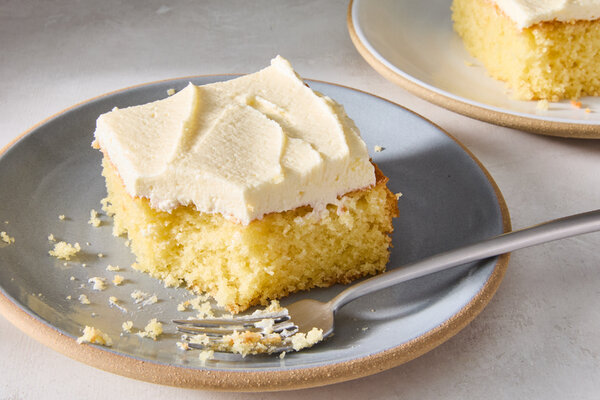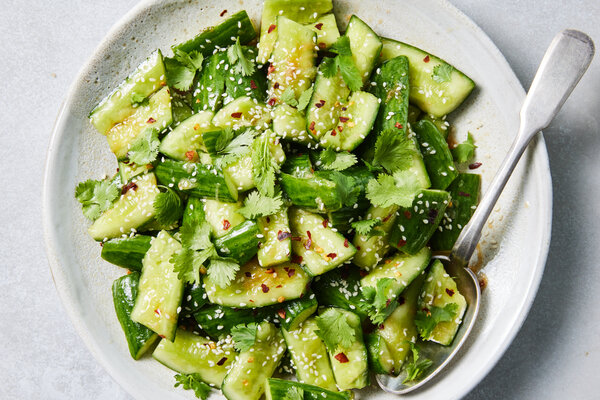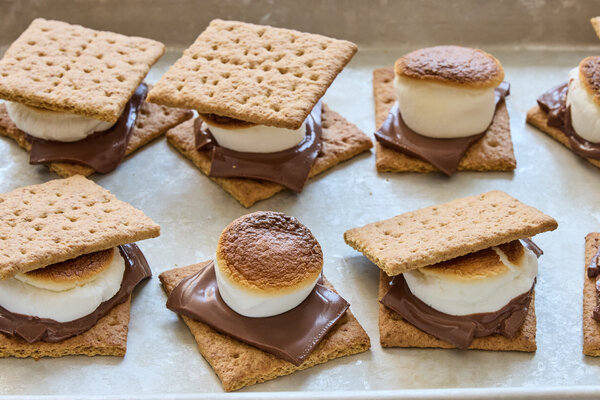Gluten-free baked goods can come out even better than the classics with these tips.
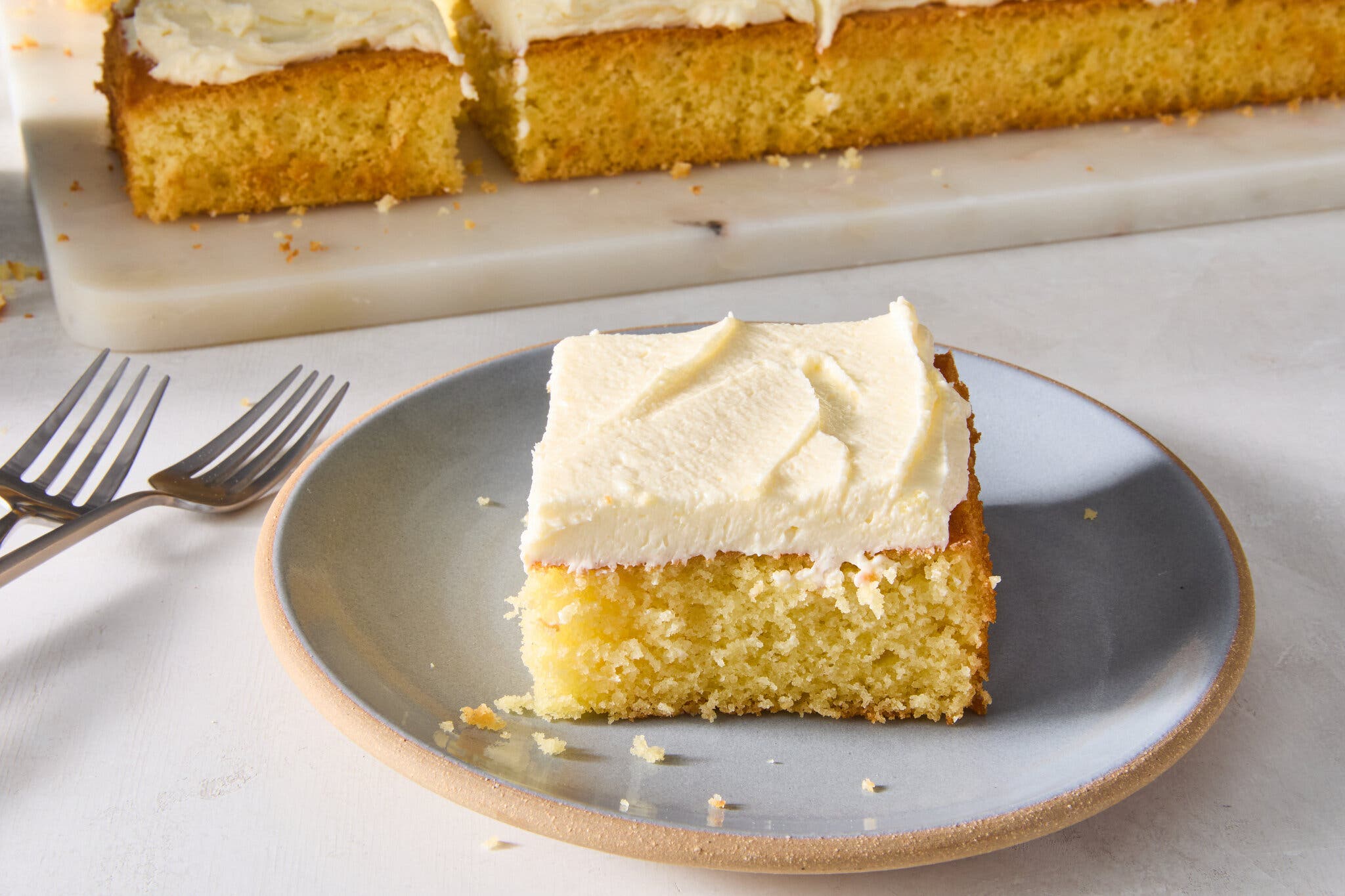
A blend of gluten-free flours gives this yellow cake a fine, tender crumb.Julia Gartland for The New York Times. Food Stylist: Samantha Seneviratne.
The immediate reaction to finding out you can no longer have gluten may be despair — especially if you love to bake. But gluten-free flours are increasingly easy to find in markets, offering a gustatory lifeline for those with gluten intolerance or celiac disease.
Baking without gluten is not necessarily more difficult, but it requires different ingredients and, sometimes, slightly altered techniques. For delicious desserts, it helps to understand the role of gluten in baked goods, your available options and how to use alternative flours.
What does gluten do in baked goods?
Gluten, inherent in all varieties of wheat, rye and barley, is a mixture of proteins that, when moistened and mixed or kneaded, lend structure and elasticity to doughs and baked goods. The food scientist Harold McGee explains in his book “On Food and Cooking” that the proteins in gluten “form long chains that stick to each other,” which hold pastries together and make bread chewy. They let pie dough roll without cracking, keep cakes from crumbling and give bread dough the strength to trap air bubbles as it ferments and bakes.
Which gluten-free flour works best?
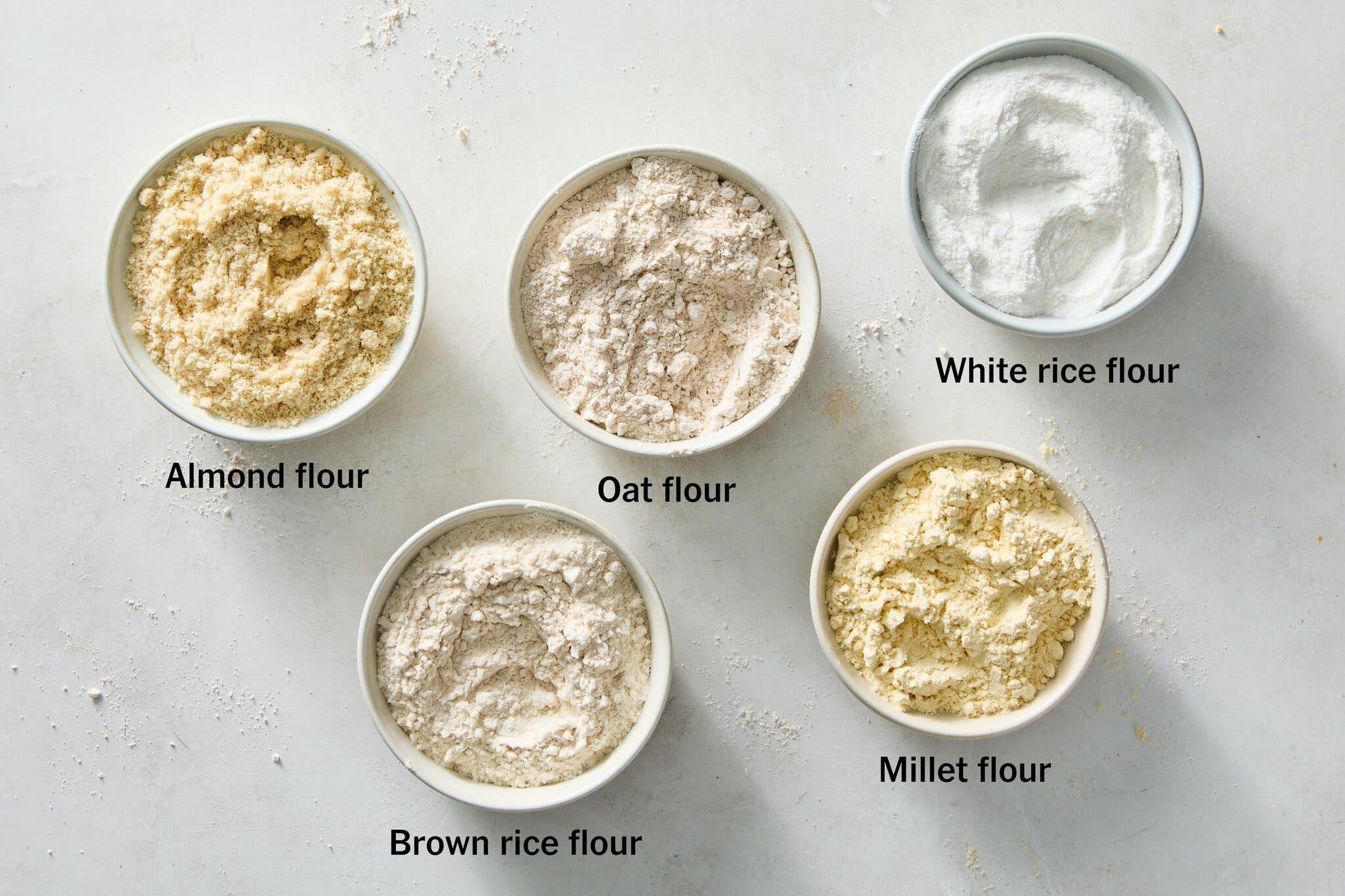
For tender baked goods, look for flours finely milled from nuts and grains.Julia Gartland for The New York Times. Food Stylist: Samantha Seneviratne.
While a wide range of gluten-free flours made from grains, tubers, nuts and seeds exist, you can’t simply pick any one of them to stand in for wheat flour. Instead, you’ll need a blend of at least two or three, which can be bought prepackaged or mixed at home.
For the novice gluten-free baker, the best approach is to start with a store-bought blend that can be swapped in one-to-one for regular flour. It is “the easiest way to get familiarized with the textures and expectation of what it is to bake gluten-free,” said Aran Goyoaga, the author of “Cannelle et Vanille Bakes Simple: A New Way to Bake Gluten-Free.”
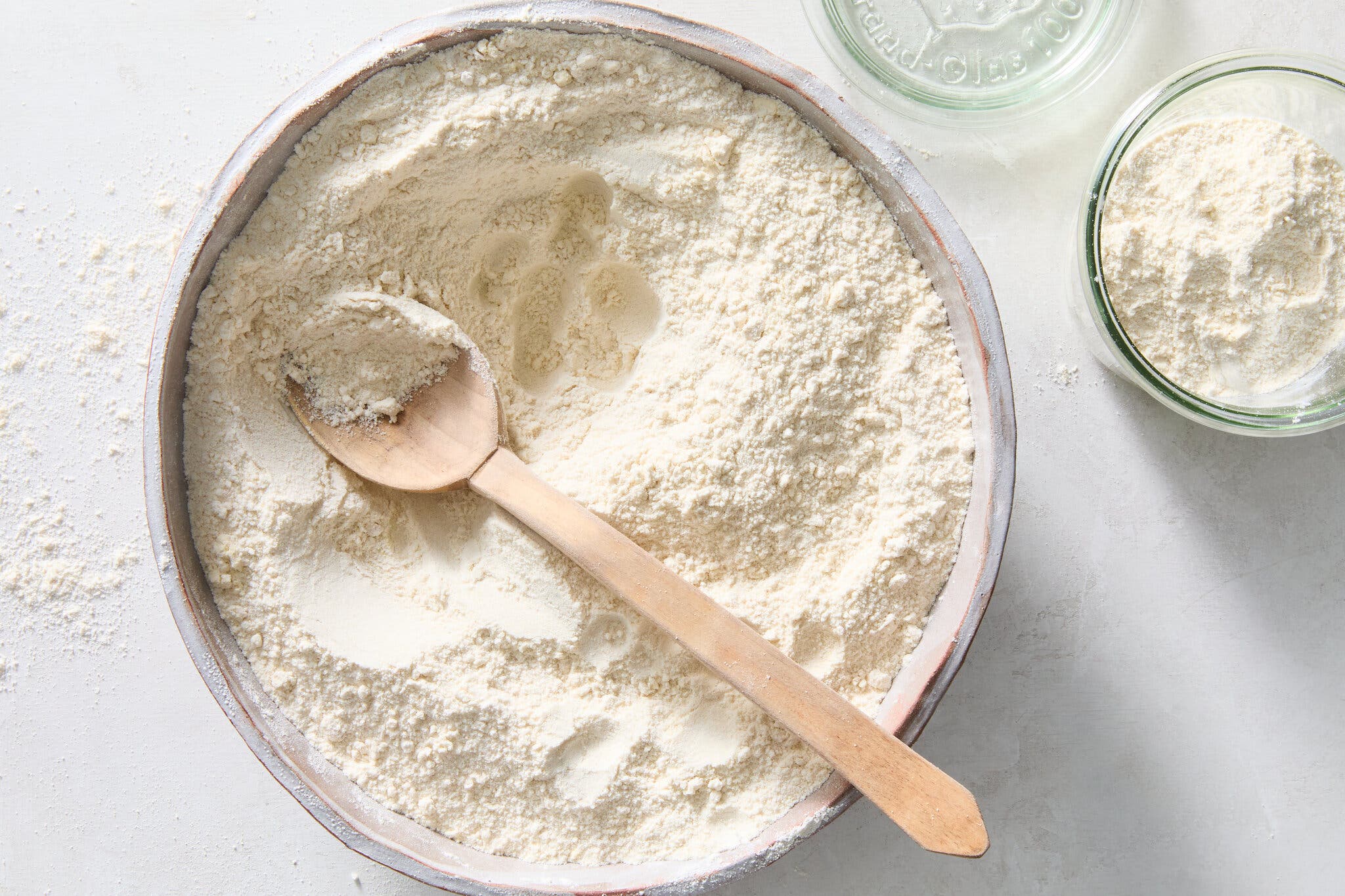
This all-purpose gluten-free flour blend made from millet, oat and white and brown rice flours has a mildly nutty, sweet aroma.Julia Gartland for The New York Times. Food Stylist: Samantha Seneviratne.
These blends are formulated to closely mimic all-purpose wheat flour’s characteristics and often contain a large proportion of starch, making them “great for things like cakes, cookies, pastry, brownies — basically everything that’s not gluten-free bread,” said Katarina Cermelj, the author of “The Elements of Baking: Making Any Recipe Gluten-Free, Dairy-Free, Egg-Free or Vegan.” For maximum versatility, she advised avoiding “blends that contain intensely flavored flours like chickpea.”
Blending individual flours yourself costs you less in the long run, and this simple all-purpose mix of millet, oat and white and brown rice flours has a mildly nutty, sweet aroma. In addition to flavor, each component contributes to this blend’s effectiveness and versatility: White and brown rice deliver a hefty dose of starch; millet imparts a yellow hue and a rich, buttery flavor; oat adds protein and fiber to help with structure and moistness.
Whether your blend is store-bought or homemade, it should feel finely milled and texturally resemble wheat flour (as opposed to, say, cornmeal).
How do I bake with gluten-free flour?
For basic desserts and other treats, Ms. Goyoaga advised starting with a recipe specifically developed for one-to-one gluten-free blends or one that calls for only cake flour or all-purpose wheat flour. According to Alice Medrich, a celebrated baker and the author of “Gluten-Free Flavor Flours,” those recipes should come from experienced bakers who thoroughly test recipes. She also warned against straying from a recipe: “Do it exactly as written that first time to see if you even like it, what it does and then play around a bit.” As for breads: Stick with recipes specifically written for gluten-free bread.
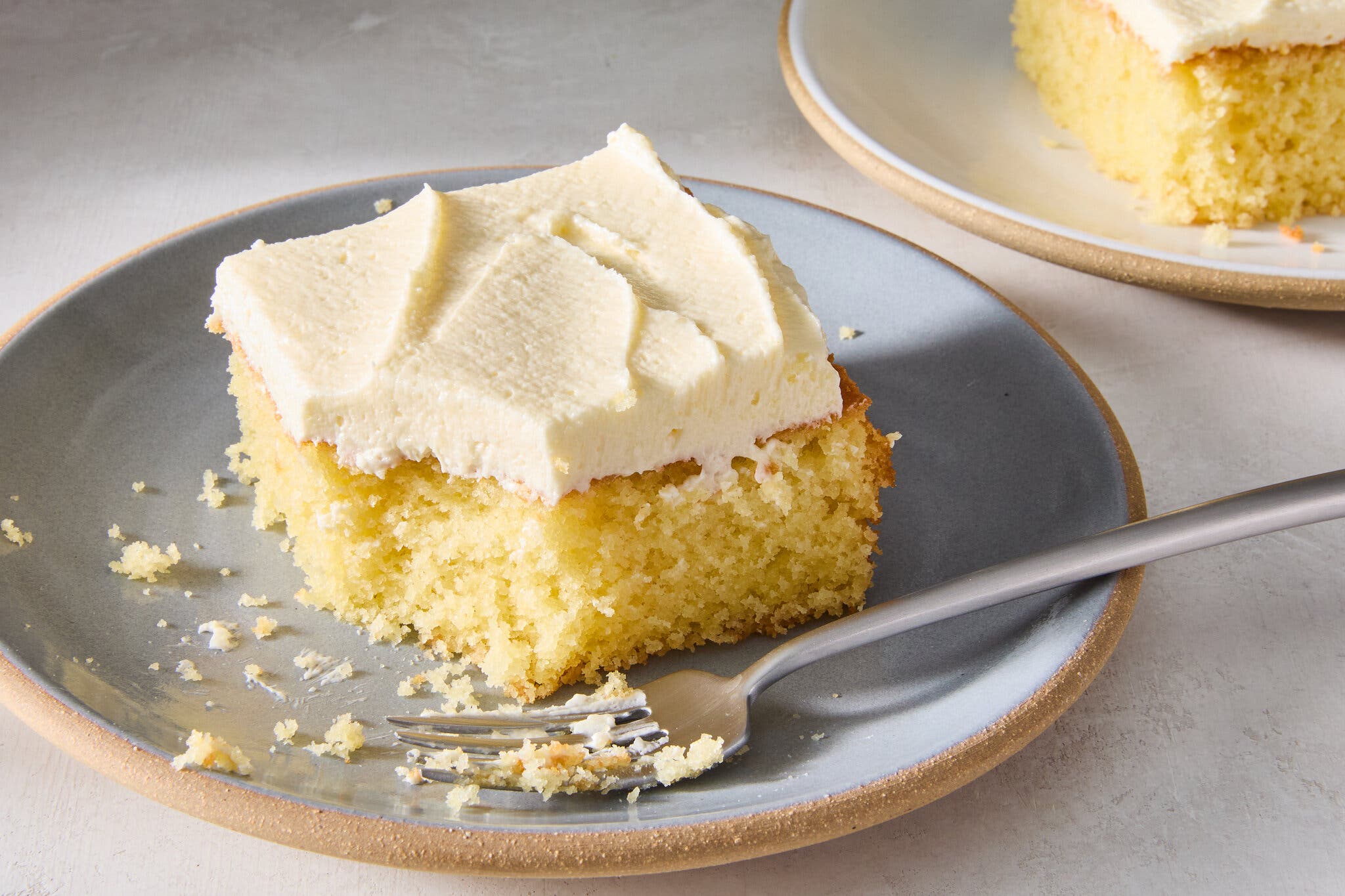
Rice and millet flours replace the usual wheat in this gluten-free yellow sheet cake.Julia Gartland for The New York Times. Food Stylist: Samantha Seneviratne.
Because milling is inconsistent and flour densities vary across brands and varieties, use a scale to weigh your ingredients rather than measure with cups. If you still end up with dry or crumbly bakes when swapping in a blend, Ms. Cermelj and Ms. Medrich advise reducing the amount of flour by 10 percent for wet cake batters; reducing the butter or oil by 20 to 30 percent for buttery treats like cookies; and reducing the baking temperature by 25 degrees and increasing the baking time as needed.
And the more you bake without gluten, the more you’ll enjoy its benefits. Over-mixing doughs and batters with wheat flour can result in toughness. With gluten-free flour, that risk is eliminated and means that cookie and pie doughs can be rerolled and that cake batters can be beaten well and end up with better textures.
Once you’re comfortable with one-to-one blends, try other wheatless flours. Nut flours and coconut flour contribute bold flavor and textural interest, even mild sweetness. Teff and buckwheat complement chocolate, corn flour shines in buttery biscuits and tarts and oat flour highlights the brown sugar in chocolate chip cookies.
What are xanthan gum and psyllium husk powder? Do they need to be used in gluten-free baking?
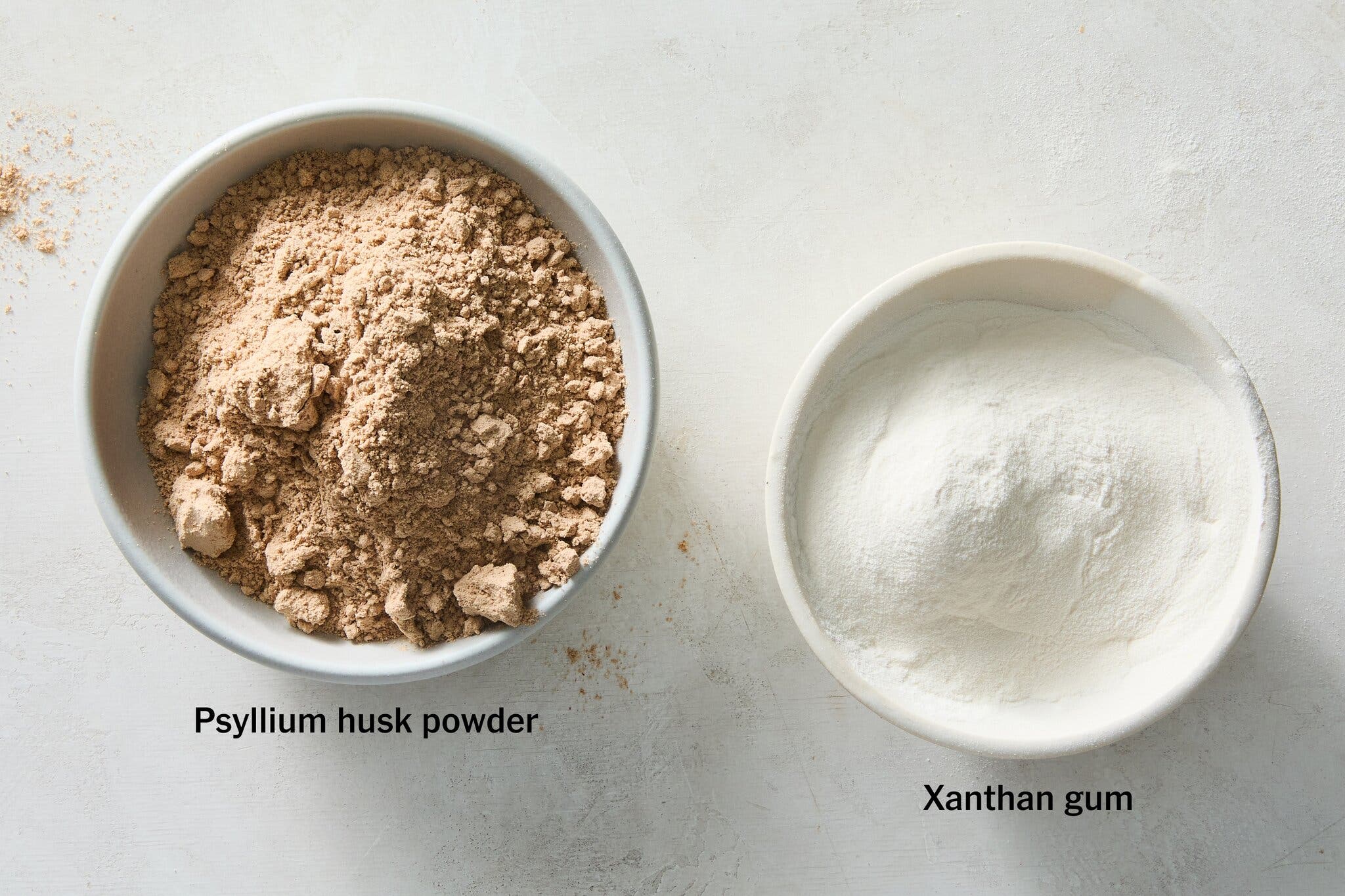
Psyllium husk powder and xanthan gum, often listed in gluten-free baking recipes and flour blends, serve as binders.Julia Gartland for The New York Times. Food Stylist: Samantha Seneviratne.
When you buy gluten-free flour blends or consult gluten-free baking recipes, you’ll notice xanthan gum or psyllium husk powder often listed among the ingredients. These are binders, which Ms. Cermelj, who also earned a Ph.D. in chemistry, described as “hydrocolloids, which means they bind to a lot of water and make a sticky, elastic gel that kind of mimics the effects of gluten.”
Xanthan gum can save cakes, cookies or brownies from turning out crumbly. Ms. Goyoaga said some amount of xanthan gum is especially helpful for doughs that require stretching, such as puff pastry, croissant, pasta and pie dough, to prevent them from falling apart when rolled or leaking butter when baked. As you gain experience with gluten-free recipes, you’ll be able to guess how much, if any, xanthan gum or psyllium husk powder to add.
But Ms. Medrich called gluten-free bread “a whole other ballgame” — one where psyllium husk powder steps up to the plate. This fiber-rich, seed-derived ingredient encourages a chewy texture and, according to Ms. Goyoaga, is mandatory for holding together dough so it can be kneaded and shaped. Whatever you end up using, take heart: Going gluten-free isn’t the end of enjoying baked goods, but the beginning to discovering how delicious new ones can be.
Follow New York Times Cooking on Instagram, Facebook, YouTube, TikTok and Pinterest. Get regular updates from New York Times Cooking, with recipe suggestions, cooking tips and shopping advice.
